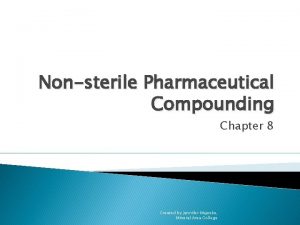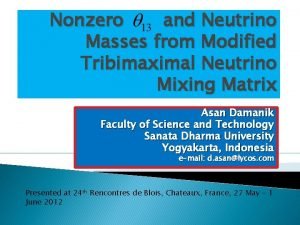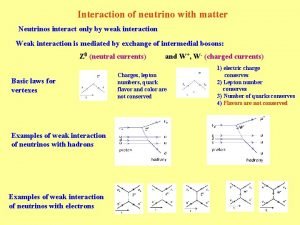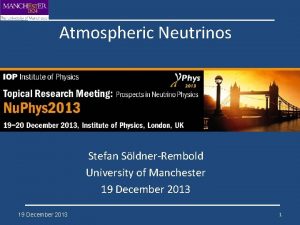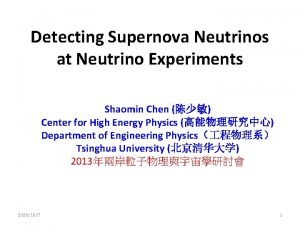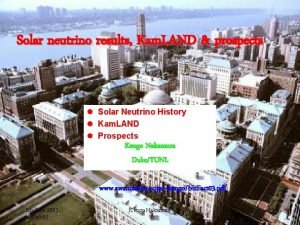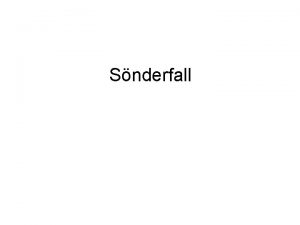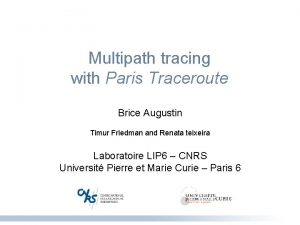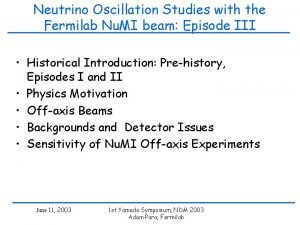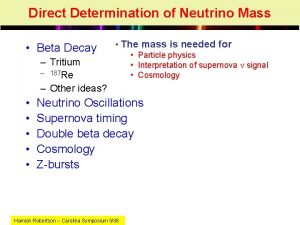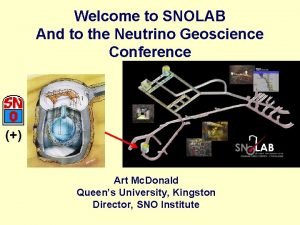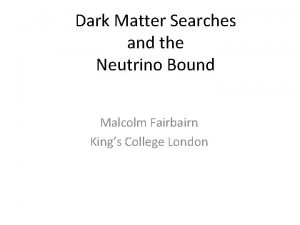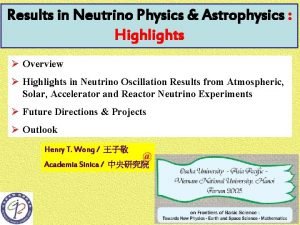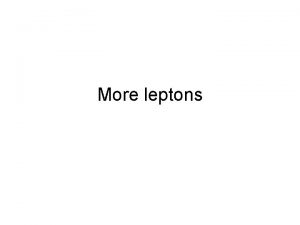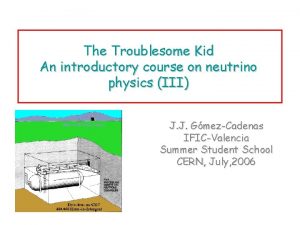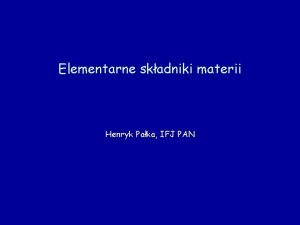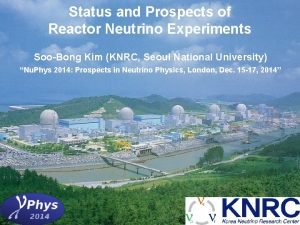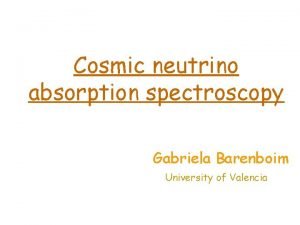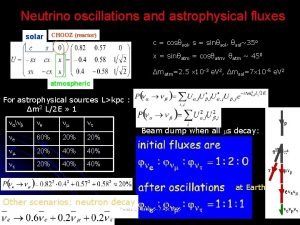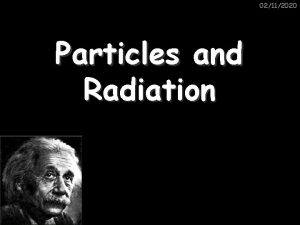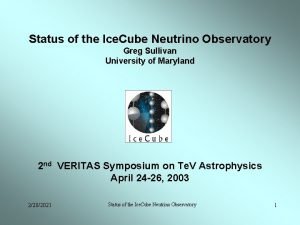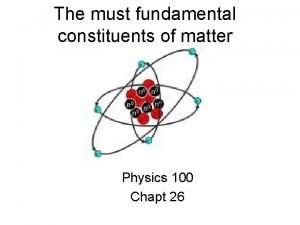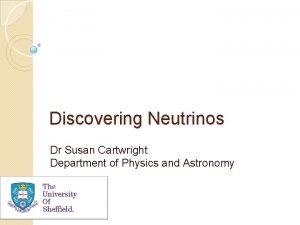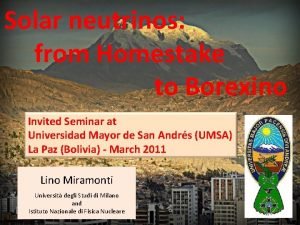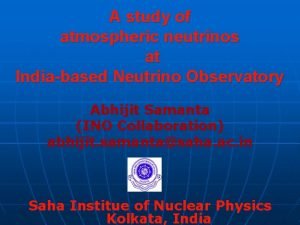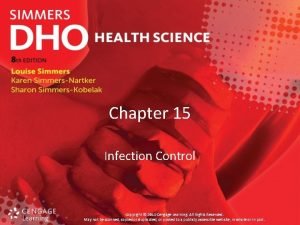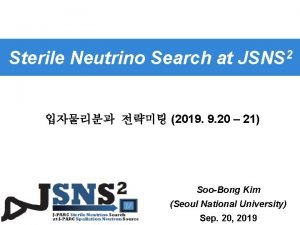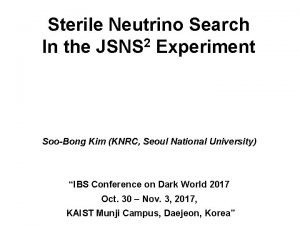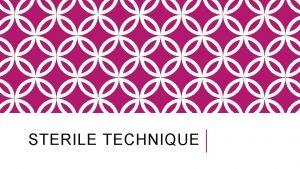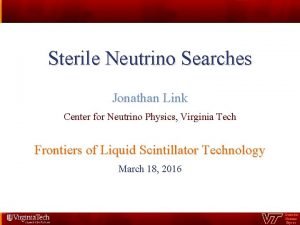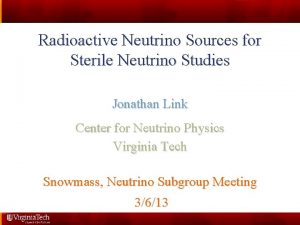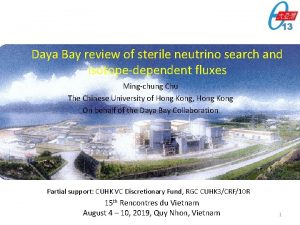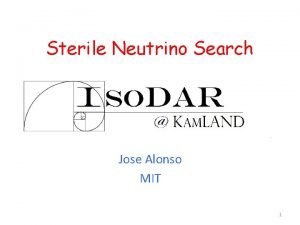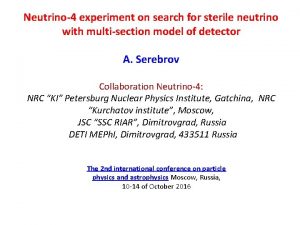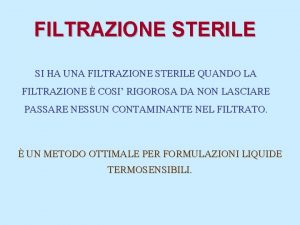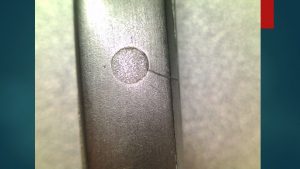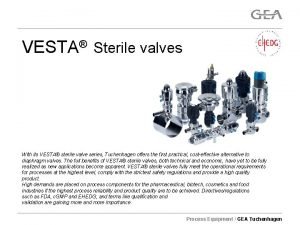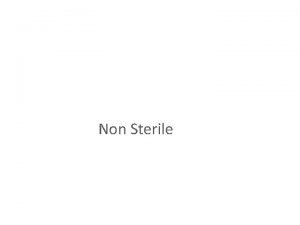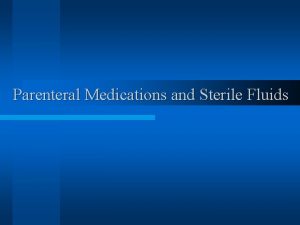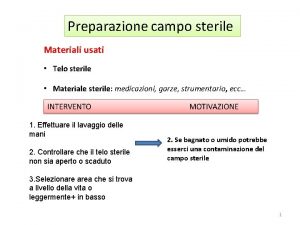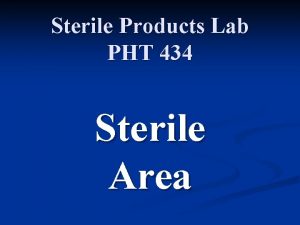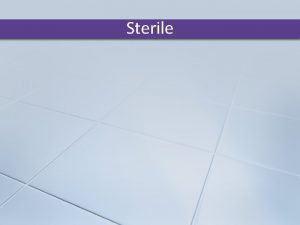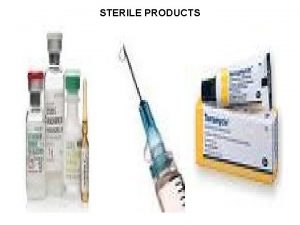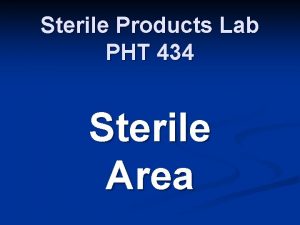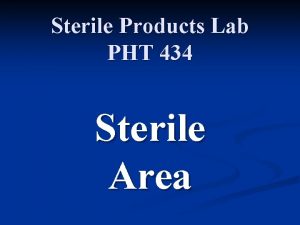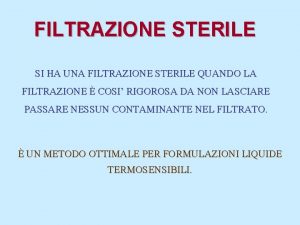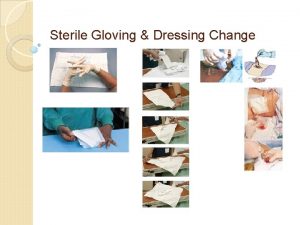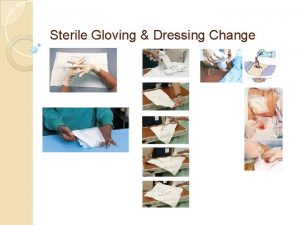Status of 2 JSNS JPARC Sterile Neutrino Search




























- Slides: 28

Status of 2 JSNS (J-PARC Sterile Neutrino Search at J-PARC Spallation Neutron Source) Takasumi Maruyama (KEK) for the JSNS 2 collaboration

JSNS 2 collaboration JAEA KEK Kitasato Kyoto Osaka Tohoku Chonbuk Nat’ Soongsil Kyungpook Dongshin Sungkyunkwan GIST Seoul Nat’ of Seoyeong Chonnam Nati’ sci and tech Seoul Nati’ Alabama BNL Florida Michigan Sussex 21 institutions 2 54 members

indication of the sterile neutrino (Dm 2~1 e. V 2) ? • Anomalies, which cannot be explained by standard neutrino oscillations for ~20 years are shown; Experiments Neutrino source signal significance E(Me. V), L(m) LSND m Decay-At-Rest m e 3. 8 s 40, 30 Mini. Boo. NE p Decay-In-Flight m e 3. 4 s 800, 600 m e 2. 8 s combined 3. 8 s Ga (calibration) e capture e x 2. 7 s <3, 10 Reactors Beta decay e x 3. 0 s 3, 10 -100 • Excess or deficit does really exist? • The new oscillation between active and inactive (sterile) neutrinos? Now it is time to recheck LSND results directly

Appearance 1998 600 ms 120 Hz target+beam stop configuration DIF, n bkg. p m + m m e + m e p-, m- absorbed before decay into ’s there should not be e at the level of 7 x 10 -4 Signal : e p→e+n np→d g(2. 2 Me. V) c

Neutrino oscillations with Dm 2~1 e. V 2 region Matrix elements, which are considered in 3 x 3 mixing framework. (3+1) model

e e Mauro Mezzetto’s (experimental summary) talk in Neutrino 2016 m e (horn focused beam)

Steile: creates See. Saw/Dark matter ? Since 1998 it is established that neutrinos have mass and this very probably implies new degrees of freedom «sterile» , very small coupling to known particles completely unknown masses (e. V to Ze. V), nearly impossile to find. . . but could perhaps explain all: DM, BAU, -masses HINT 2016 Alain Blondel

JSNS 2: J-PARC E 56 Sterile n search @MLF 400 Me. V J-PARC Facility (KEK/JAEA) South to North http: //research. kek. jp/group/mlfnu/eng 3 Ge. V RCS Neutrino Beams (to Kamioka) 30 G e. V M R CY 2007 Beams JFY 2008 Beams JFY 2009 Beams 25 Hz, 1 MW (design) Materials and Life Science Experimental Facility (MLF) Hadron hall Bird’s eye photo in January of 2008

RCS/MLF beam • Current best beam power so far is 500 k. W. • 1 MW trial during the very short period was succeeded. (bottom plot) http: //j-parc. jp/ja/topics/2015/Pulse 150206. html • The mercury target had trouble in 2015, but a new mercury target which has small # of welding was installed in this summer. Number of Particles / pulse acceleration injection extraction Corresponding Power in 25 Hz

Mercury target / beam intensity plan • New mercury target (#8) is exchanged from old one (#2) on Oct-2. • This is the recovery from the trouble which is occurred in 2015 Fall. (small # of welding / bolt -buts scheme) • This #8 target is stood up to 700 k. W in principle. • Target #10 which stands up to (or more than 1 MW due to no weldings) will be placed in near future.

Sterile Neutrino Search at J-PARC MLF (JSNS 2) MLF building (bird’s view) Detector @ 3 rd floor (24 m from target) image Hg target = Neutron and Neutrino source 17 t Gd-loaded liquid scintillator / detector (total 50 tons/detector) (4. 5 m diameter x 4. 0 m height) 193 PMTs 3 Ge. V pulsed proton beam Searching for neutrino oscillation : m e with baseline of 24 m. no new beamline, no new buildings are needed quick start-up 11

Production / Detection • Large amount of parent m+ in Hg target m are produced. • If sterile exist, m e oscillation is happened with 24 m. • Oscillated e is detected by Inverse Beta Decay (IBD): e + p e+ + n w/ well established detector technique (E resolution = 15%/sqrt(E)) 3 Ge. V pulsed proton beam Most of them are same as the LSND. Direct ultimate tests for LSND. (Decay -at-Rest) Scintillation light p+ IBD criteria Timing Energy Prompt 1<Tp<10μs 20<E<60 Me. V Delayed Tp<Td<100μs 7<E<12 Me. V <T>~30 ms Scintillation light (~ 8 Me. V In total) But we use much better beam and Gd loaded LS. Much better S/N Much better systematics 12

Timing and Energy M. Harada et al, ar. Xiv: 1310. 1437 Next beam is 40 ms later p timing Selecting muon decay (e~74%) Timing and Energy are good friends of JSNS 2 Ø Timing: Ultra-pure from m+ Decay-at-Rest Ø from p and K -> removed with timing Ø Beam Fast neutrons -> removed w/ time Ø Cosmic ray BKG -> reduced by 9 ms time window. Ø Energy: signals / BKG separation by energy. Ø from m has well-known spectrum. Ø Energy reconstruction is very easy at the IBD. (E ~ Evis + 0. 8 Me. V) Ø from m- is high suppressed. 13

IBD event selection case n capture 2; Prompt signal E cut 3. Delayed gamma E cut 4. Distance cut between prompt vertex and delayed vertex 4. Dt cut between prompt and delayed (~30 ms lifetime for n ) Selection e ~ 38%

Achievements so far • 2013 Sep; A proposal was submitted to the J-PARC PAC • 2014 Apr-Jul; We measured the BKG rate on 3 rd floor. -> manageable beam /cosmic BKGs to perform JSNS 2 PTEP 2015 6, 063 C 01 / ar. Xiv: 1502. 02255 • 2014 -Dec; The result was reported to JPARC PAC. the stage-1 status was granted from J-PARC /KEK • The performance check of detector and safety discussions are being performed. • 2016 -June: The grant-in-aid was approved for one detector construction • 2017 -May: Technical Design Report was submitted to J-PARC PAC and ar. Xiv (ar. Xiv: 1705. 08629 [physics. ins-det] ) • We aim to start JSNS 2 in JFY 2018 2014 BU 1301 experiment (@MLF 3 rd floor) Proton beam Signal region for prompt signal BKG ~ 0 15 Energy (Me. V, vertical) vs timing (ns, horizontal)

#events (1 MW x 3 years x 1 detector (17 tons)) Source contents #ev. (17 tons x 3 years) TDR Reference : SR 2014 (50 tons x 5 years) comments background e from m- 43 237 Dominant BKG 3 16 Beam fast neutrons Consistent with 0 < 2 (90%CL UL) <13 Fast neutrons (cosmic) ~0 37 Accidental 20 32 Based on real data 87 480 Dm 2=2. 5, sin 22 q=0. 003 62 342 Dm 2=1. 2, sin 22 q=0. 003 12 C( e, e-) 12 N g. s. signal Based on real data Accidental BKG is calculated by; R acc = SRprompt x SRdelay x DVTX x N spill MLF best Dm 2 (2. 5 e. V 2) SRprompt, SRdelay are probability of accidental BKG for prompt and delayed. – DVTX ; BKG rejection factor of 50. 16 – Nspill(#spills / 5 years) = 1. 9 x 109 –

Sensitivity / Upgrade • To have a good international competition capability, we want to start the experiment with one detector (17 tons fiducial volume). • Even with one detector, we have a good 90% C. L constraints for 3 years. Left plot • Meanwhile, we are making effort to obtain the budget to build the 2 nd detector. (and enlarged acrylic tanks). This upgrade can make 5 s significance test for LSND region. Ice. Cube+SBL allowed (90%) 99% from ar. Xiv 1607. 00011 v 2 3 years x MW x 17 tons 5 years x MW x 50 tons

Schedule for st 1 detector construction JFY 2017 item 10 11 12 1 JFY 2018 2 3 4 5 6 7 Stainless tank Acrylic tank PMTs Gd. LS/LS installati on Dry Run Filling Data taking SBN far detector (IACRUS) is now at FNAL. Details will be shown in the next talk (by J. S. Park) 8 9 10 11 12 1 2 3

Approval Process (J-PARC PAC, etc) • Based on the TDR, J-PARC PAC discussed the feasibility of the JSNS 2 experiment. (TDR contents will be described by Jungsic) • J-PARC PAC has two stages of the approvals (stage-1 status: motivation of physics is recognized, and real approval (stage-2)) • Lots of discussions are on-going to grant the stage-2: • Safety issues at J-PARC MLF (including a big earthquake). • Detector movement during the maintenance period (July-Oct). Note the 3 rd floor is the maintenance space of the MLF • We have to bring the detector to outside of MLF at that time to avoid the interference. • Effects of quality of Gd. LS/LS degrade, PMT tilting during the movement were checked. • Calibration (Michel e + Gd captured gammas + radio-active sources) • Possible systematic uncertainties. • Revised TDR including these discussions will be submitted on the middle of Nov-2017, and contents will be discussed at the next PAC.

LS transportation / operation Production Grand transportation J-PARC Grand transportation shipping • We will use iso-tank for the transportation and the storage. • Cost estimation to purchase iso-tanks and LS storage was already done. LS operation / transportation in Japan empty detector Transportation tank Exp. site at MLF Filling Extracting J-PARC (HENDEL building? ) Storage Place in company

Michel e calibration • One of most important calibration sources is to use Michel electrons from stopped cosmic ray muons. – Energy range / shape are almost same as interested samples finally. • MC simulation said O(a few 100) Hz of stopped muon events are available because our detector is over the ground. – Good statistics to check the stability and position dependence of light yield. – Pre-scale is needed. • Right plot shows the relative event rate of stopped muons vertex points. A rate in R 2 -Z is flat.

Beauty of JSNS 2: Small systematic uncertainties • The systematic uncertainties of the JSNS 2’s are small in principle. – Uncertainties from energy spectrum. • Energy spectrum of neutrinos from decay-at-rest muon is quite well understood. (gives negligible error) • IBD cross section is also very well known. (both for energy dependence and for absolute number. provides negligible uncertainties). • Expected uncertainty on the detector energy scale is ~1% level because we have a good calibration sources including Michel e. (stability, position dependence, quenching effects are source of error) – Uncertainties from normalization • We fit the number of intrinsic e bar background (profile fitting) • Number of m+ at the mercury target can be estimated by number of C 12( e, e)Ngs reactions. number of mbar (before oscillation) can be known within 10%. • Accidental background will be estimated by no beam data period.

Pros compared to LSND • vs LSND; direct test without any excuses (e. g. : type, E , detector target material) w/ better S/N As mentioned before – Narrow pulsed beam at MLF timing • • • LSND has no beam timing cut (Linac large duty factor) Pure muon decay at rest at MLF. No Decay-In-Flight source in MLF No beam fast neutrons BKG at MLF. Tighter timing window (~9 ms) for cosmic ray rejection at MLF. – Detector has many improvements; • Gd-LS improves S/N ratio at MLF time window of coincidence (factor 6) and delayed Energy. (2. 2 8 Me. V) • Faster sampling rate of electronics and improved LS make PID easy at MLF. • vs KARMEN JSNS 2 has more intense flux by >10 times + Gd-LS

Complementarity • to reactor / radiation source experiments – Disappearance measurement vs appearance (JSNS 2) • to m disappearance – Disappearance vs appearance • to FNAL SBN programs (LAr TPCs + horn focused beam) – m e oscillation vs m e oscillation (JSNS 2) – JSNS 2 aims a complete test for the LSND anomaly with much better S/N and without any excuses. – Intrinsic background rate is smaller and energy reconstruction is much cleaner. (E ~ Evis + 0. 8 Me. V in IBD)

Other physics at JSNS 2


Neutrino-nucleus interaction in Type-II SN -A interactions are important in l core-cooling by -emission l -heating on shock wave l -process of nucleosynthesis l efficiency of neutrino detectors Reaction rates are to be known with accuracy better than ~10%! Experiment KARMEN (PLB 332, 251 s(12 C( e, e-)12 Ng. s. ) (10 -42 cm 2) 9. 1± 0. 5± 0. 8 (10. 4%) (1994)) LSND (PRC 64, 065501 (2001)) 8. 9± 0. 3± 0. 9 (10. 7%) JSNS 2 (ar. Xiv: 1601. 01046) (~3%(stat. ) expected in 5 yrs)

Summary Sterile neutrino: One of most exciting topics in neutrino community (for 20 years!) p JSNS 2 stands at a good position to confirm or refute the existence: p Direct test (w/o excuses) for the LSND results. p MLF and their short pulsed beam gives the best environment. p Gd. LS reduces the accidental background by order of magnitudes compared to the LSND. p At the end of JFY 2018, we aim to start data taking. p Toward the data taking, the collaboration is making best effort on both approvals and construction. p
 Non sterile compounding examples
Non sterile compounding examples Neutrino
Neutrino Neutrino interaction with matter
Neutrino interaction with matter Neutrino
Neutrino Neutrino
Neutrino Solar neutrino
Solar neutrino Dotterkärna
Dotterkärna Paris traceroute
Paris traceroute Neutrino
Neutrino Neutrino mass
Neutrino mass Solar neutrino
Solar neutrino Neutrino
Neutrino Neutrino mass
Neutrino mass Neutrino lepton number
Neutrino lepton number Neutrino
Neutrino Lekka cząstka elementarna mion elektron lub neutrino
Lekka cząstka elementarna mion elektron lub neutrino Neutrino
Neutrino Gabriela barenboim
Gabriela barenboim Neutrino
Neutrino Lepton number
Lepton number Neutrino
Neutrino Neutrino symbol
Neutrino symbol Susan b. cartwright
Susan b. cartwright Solar neutrino
Solar neutrino Neutrino
Neutrino Cold sterile tray veterinary
Cold sterile tray veterinary Chapter 15:4 observing standard precautions
Chapter 15:4 observing standard precautions Sterile technique principles
Sterile technique principles What part of the surgical gown is considered sterile
What part of the surgical gown is considered sterile
